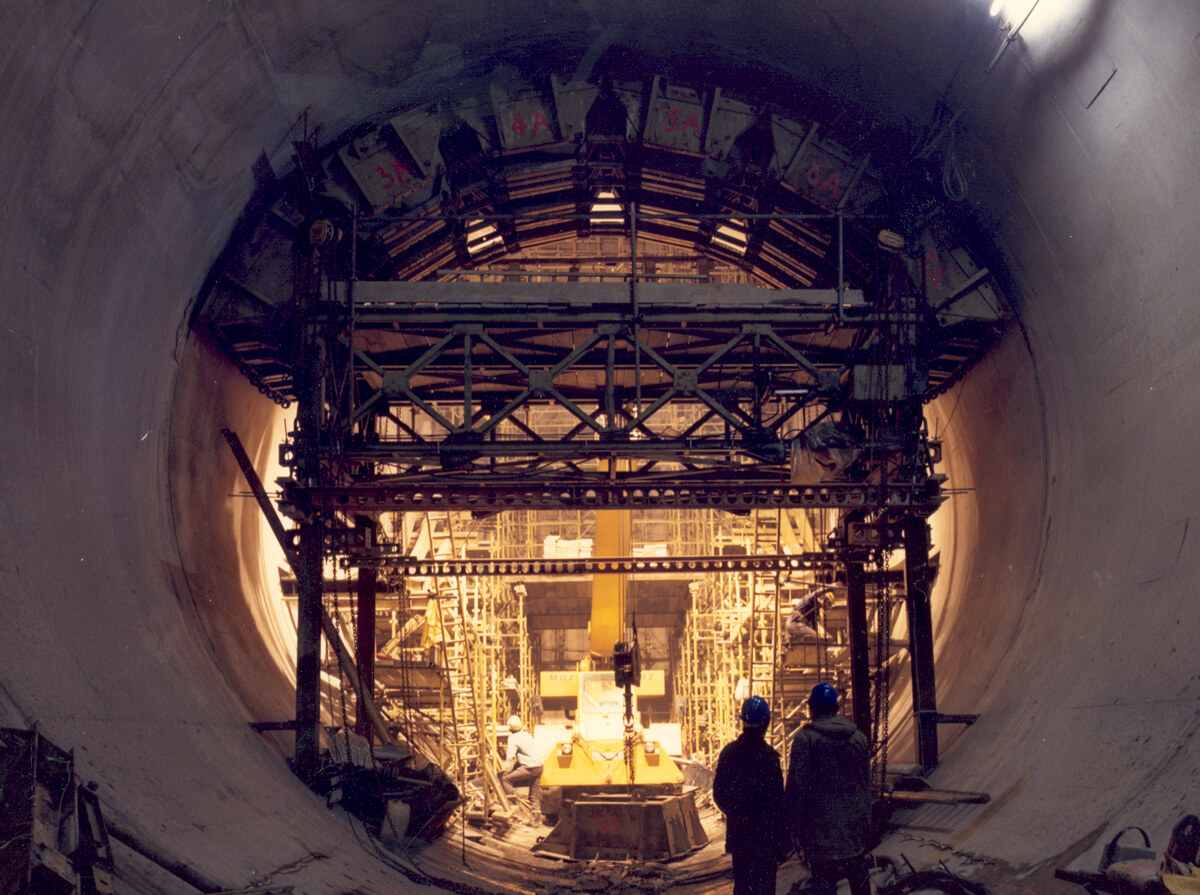Veuillez accepter les cookies "marketing" pour voir cette vidéo.
Pumped-storage hydropower: an essential piece in the energy mix
This is one of the Group's major convictions: to provide decarbonized and affordable energy for all, we need all available technologies (solar, wind, hydro, storage…)
Pumped-storage hydropower (PSH) plants were invented in the 1890s. They are among the oldest flexibility solutions. Capable of storing the equivalent of several hours—or even days—of energy production (more than batteries, which only produce for a few hours), they use electricity surpluses to pump water to an upper reservoir. When needed, the water is turbined to the lower reservoir to restore this energy.
ENGIE develop flexibility and capitalize on existing assets
The operability of PSH plants over very long periods (over 100 years) makes them valuable assets. ENGIE’s plants represent three-quarters of the UK's pumped-storage capacity (a combined power of 2.1 GW). Their civil engineering structures are in excellent condition, and this is the renovation of their mechanical and electrical equipment that will extend their lifespan by 25 years.

Dinorwig dam, underground tunnels
To achieve this, ENGIE is investing a total of approximately 1.2 billion euros (the investment plan began in 2017 and will continue over the next 10 years). This significant amount demonstrates the Group's commitment to continuing the development of all flexibility technologies and making the best use of the assets it already possesses.
This project is in line with another ambitious project, begun in 2019: a 7.5% increase in the capacity of the Coo pumped-storage power plant (1.1 GW) in Belgium. This work required over 50 million euros of investment and is now successfully nearing completion.
Together, these projects contribute to the Group's target of reaching 95 GW of renewable energy production capacity and flexible solutions by 2030
